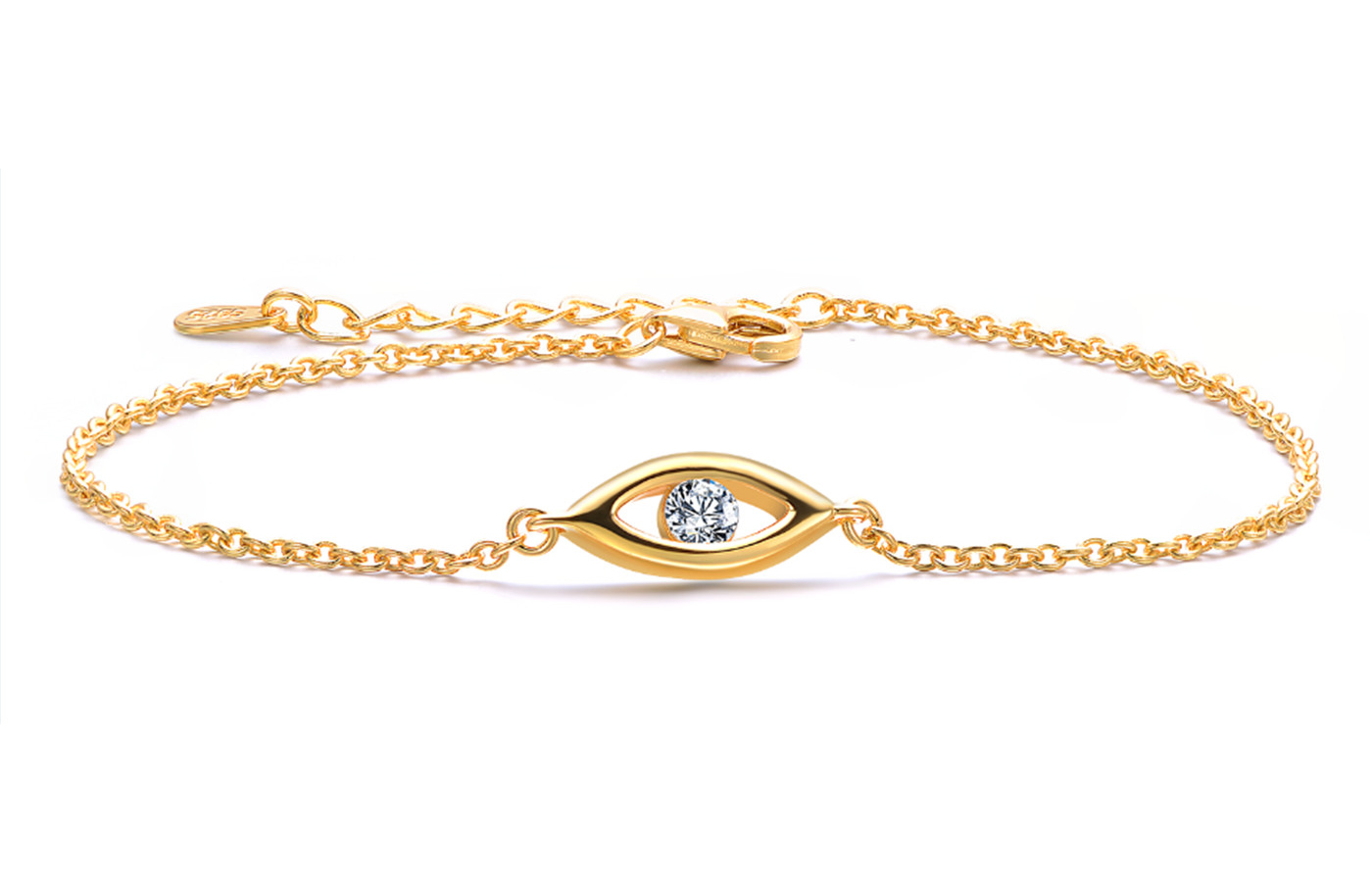Gold Plated and Gold Vermeil Jewelry: Explanation & Difference?
Gold plated and gold vermeil have subtle differences. Understanding these key differences is essential when choosing the right type of metal for your next piece of jewellery. From the thickness of the gold, to what type of base metal both materials use, we help you out now.
What is Gold Plated?
Gold plated refers to jewellery that consists of a thin layer of gold that is applied over the top of another affordable metal, such as silver,copper. The process of gold plating is done through putting the economical metal in a chemical solution that contains gold and then applying an electric current to the piece. The electric current attracts the gold to the base metal, where it reacts leaving a thin gold covering.
This process was invented by an Italian chemist, Luigi Brugnatelli in 1805, the first person to plate a thin coat of gold onto silver.
Many jewellers will use gold plating as a way to create affordable gold jewellery. As the base metal is less expensive than solid gold, it allows for cheaper production whilst achieving that bold metal look that so many adore.

What is Gold Vermeil?
Gold vermeil, whilst similar to gold plating, has some key differences that make it distinctive. Vermeil is a technique originating in the 19th century, where gold was applied to sterling silver. Gold vermeil is also made through the gold plating technique but requires a thicker layer of gold. In this case, the gold layer must be above 2.5 microns.
Gold Vermeil VS Gold Plated - The Key Differences
When comparing gold vermeil to gold plated, there are many differences that make the two gold types stand apart.
● Base metal - whilst gold plating can take place on any metal, from copper to brass, gold vermeil has to be on sterling silver. For a sustainable option, recycled silver makes an excellent base.
● Gold thickness - the second key difference is in the thickness of the metal layer, whilst gold plated has a minimum thickness of 0.5 microns, vermeil has to be a thickness of at least 2.5 microns. When it comes to gold vermeil vs gold plated, gold vermeil is at a minimum 5 times thicker than gold plating.
● Durability - due to its added thickness gold vermeil is far more durable than gold plating. Combining both affordability and quality.
Both gold vermeil and gold plated jewellery have their own unique advantages. For those wanting a higher quality, but still affordable piece that will endure frequent wear for years to come, gold vermeil is the ideal choice. Whether you're looking for earrings or anklets, gold vermeil is a wonderful option. Whereas, those who switch up their style more often, may wish to experiment with gold plated jewellery due to its slightly lower price point.
Contrasting gold vermeil vs gold plated displays how gold vermeil is a higher quality material to use in jewellery.
How to Clean Gold Plated and Gold Vermeil Jewellery.
You may be concerned about tarnishing your gold plated jewellery further by cleaning it. Even so, you should be cleaning your jewellery from time to time to keep it looking its best. For those with gold plated pieces you need to ensure you're gentle, avoid rubbing, and simply clean in warm soapy water
Cleaning gold jewellery is easy to do at home. We recommend using a gentle polishing cloth on your gold vermeil pieces, ensuring it is clean and dry. Simply rub your piece in one direction, wiping away any dirt.

